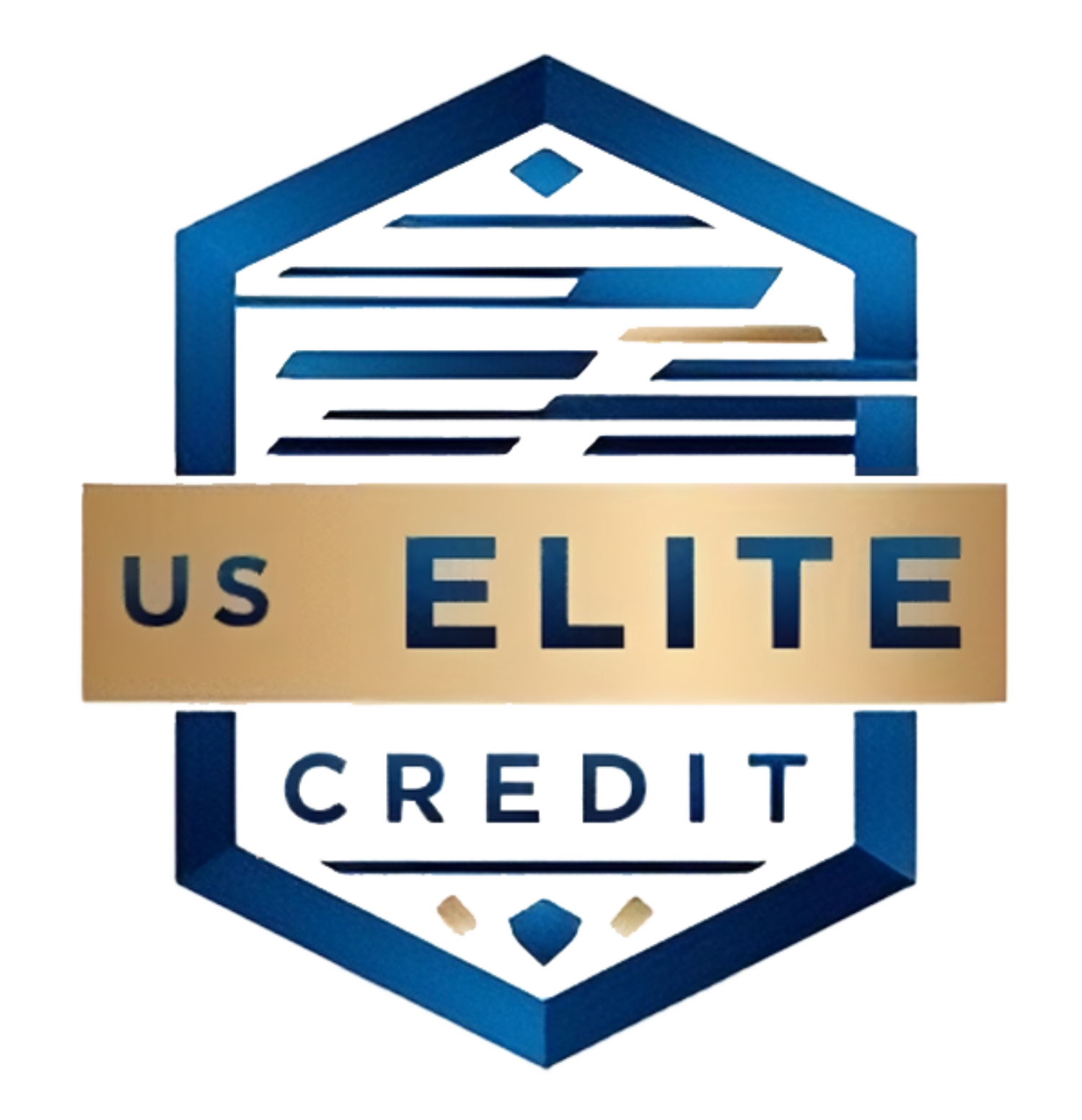There’s a lot to unpack in the world of point-of-sale financing, especially if you’re new to the concept. This guide will introduce you to the basics, helping you understand how to leverage financing options at the point of sale to enhance your purchasing power. With insights from US Elite Credit, you’ll learn how to navigate various financing options, assess terms and conditions, and make informed decisions that can positively impact your shopping experience. Equip yourself with the knowledge you need to make point-of-sale financing work for you.
Understanding Point of Sale Financing
Before venturing into the world of point of sale financing, it’s vital to grasp what it is. Essentially, point of sale financing allows consumers to make purchases through loans or installment plans at the time of checkout. This option empowers you to acquire big-ticket items without the immediate financial strain of full payment, making shopping more flexible and manageable.
Types of Point of Sale Financing
One common way to categorize point of sale financing is through its various types, which include:
| Buy Now, Pay Later (BNPL) | This option allows you to make a purchase and pay for it later, often in installments. |
| Installment Loans | These loans break down a larger purchase into manageable monthly payments. |
| Credit Cards | Using credit cards at checkout to finance purchases, often with revolving credit. |
| Leasing | Leasing allows you to use a product without owning it, making monthly payments for the duration of the lease. |
| Store Financing | Many retailers offer their own financing solutions for in-store purchases. |
Perceiving the diversity in point of sale financing options can help you better select the method that aligns with your financial goals.
Key Factors to Consider
Even before choosing a point of sale financing option, assessing key factors is vital for a successful experience. Consider the following aspects:
- Interest Rates
- Loan Terms
- Fees and Charges
- Approval Process
- Impact on Credit Score
After weighing these factors, you will have a clearer perspective on how to manage your finances effectively when making purchases.
The significance of these considerations cannot be overstated. Each element affects not only your current financial situation but also your long-term financial health.
- Understanding the true cost of financing
- Evaluating your repayment ability
- Comparing multiple financing offers
- Determining if you need financing
- Recognizing the importance of budget alignment
After navigating these considerations, you’ll feel more empowered to make informed decisions about point of sale financing.
Step-by-Step Guide to Using Point of Sale Financing
Even as you explore point of sale financing, following a structured approach can help you maximize its benefits. Here’s a simplified guide to help you through the process:
Process Breakdown
| 1. Research Your Options | Examine different financing providers and their terms. |
| 2. Choose a Retailer | Find a retailer that offers point of sale financing. |
| 3. Apply for Financing | Submit your application in-store or online. |
| 4. Review and Accept Terms | Understand your payment schedule and interest rates. |
| 5. Make Purchases | Use your financing to shop confidently. |
| 6. Manage Payments | Keep track of your payment obligations. |
How to Apply for Financing
On your journey to acquiring point of sale financing, the application process is straightforward. Start by visiting a participating retailer or their website, where you will typically fill out an application form. Be prepared to provide personal information, such as your income and employment status, which helps lenders assess your creditworthiness. Once your application is submitted, you will receive a decision in real-time, allowing you to shop quickly.
Managing Your Payments
Clearly, once you’ve secured financing, managing your payments is important for maintaining good financial health. Set up a payment plan that fits your budget and keep track of when payments are due.
With a clear payment plan in place, you can easily avoid missed payments and late fees. Consider utilizing automatic payments or calendar reminders to stay organized. Additionally, check for any prepayment options that may allow you to pay off your balance early without penalties, giving you flexibility and control over your finances. By keeping a close eye on your spending and payment history, you can navigate the financial landscape confidently.
Tips for Successful Financing
Assuming you’re exploring point-of-sale financing, adopting the right strategies can enhance your experience. Focus on the following tips:
- Understand terms and conditions.
- Evaluate your budget before committing.
- Compare financing options to find the best fit.
- Communicate openly with your lender.
- Monitor your payment schedule closely.
Thou shalt set yourself up for success by following these tips.
Best Practices
Little adjustments in your approach can dramatically improve your financing experience. Ensure you have a clear understanding of your financial situation and only pursue options that align with your budget. Additionally, staying organized with documentation and deadlines will help you manage the process smoothly.
Common Pitfalls to Avoid
Common issues can derail your financing journey, so it’s vital to be aware of them. Avoid rushing into agreements without thoroughly reviewing the terms and conditions. Don’t overlook hidden fees or chargebacks that could significantly impact your total cost. Additionally, steer clear of signing contracts without understanding your rights and obligations, which can lead to unforeseen complications.
Best practices include taking your time to read all documents, asking clarifying questions, and seeking expert advice when unsure. This proactive approach prevents misunderstandings and sets you up for a more successful financing experience, ensuring you’re making informed decisions every step of the way.
Pros and Cons of Point of Sale Financing
Now, understanding the advantages and disadvantages of point of sale financing can greatly inform your decision-making process. Below is a breakdown of the key pros and cons associated with this financing option.
Pros and Cons
| Pros | Cons |
|---|---|
| Quick approval process | Potentially high interest rates |
| Easy access at checkout | Impact on credit scores |
| Allows immediate purchases | Limited payment flexibility |
| Typically no upfront payments | Risk of overspending |
| Competitive promotional offers | Variable terms and conditions |
Advantages
One significant advantage of point of sale financing is its convenience. You can easily apply for financing at checkout, often receiving immediate approval. This allows you to make purchases without needing to wait or plan your budget extensively. Additionally, many retailers offer promotional rates, making it appealing for larger purchases.
Disadvantages
Sale financing does come with its drawbacks. One of the most concerning issues is the potential for high interest rates, which can lead to increased debt if you’re not careful. Additionally, the simplicity of obtaining financing can encourage you to spend beyond your means.
The high interest rates associated with some point of sale financing options can create financial pressure in the long run. If you miss payments or do not pay off your balance promptly, your debt can compound, making it harder to manage your finances. Furthermore, while the application process is quick, each inquiry can affect your credit score, potentially hindering your financial health and ability to secure loans in the future.
Conclusion
As a reminder, navigating the point of sale financing landscape can greatly enhance your purchasing power and overall financial strategy. By understanding the different available options and partnering with trusted providers like US Elite Credit, you can make informed decisions that suit your specific needs. Embrace these financing solutions to streamline your purchases and empower yourself in today’s market.

